Texture-Based Classification of Cheese Types
explore the standardized hardness scale and the diverse textures of soft, semi-soft, semi-hard, and hard cheeses, each uniquely defined by factors like moisture content, aging duration, and curd formation.
What are the different types of cheese?
Explore the diverse world of cheese with a breakdown based on various factors:
-
Content: Cheese comes in a variety of milk types – cow, goat, sheep, mixed milk, double crème, and more. For example, while most American mozzarella is crafted from cow's milk, authentic Mozzarella di Bufala from Italy is made using the milk of domesticated Italian water buffaloes. Double or triple crème cheeses, such as Brie, boast fortified milk with cream, elevating the fat content to 60% or 75%, respectively.
-
Ripening Methods: Cheese can be enjoyed fresh or undergo aging processes. Fresh options include cheese curds and bread cheese, while Cheddar cheese can age for several years. Mold and bacteria play a role in enhancing ripening: blue cheeses feature various Penicillium molds, soft-ripened cheeses like Brie and Camembert develop a light mold ("bloom") on their rinds, and washed-rind cheeses like Limburger utilize Brevibacterium linens for ripening assistance.
-
Flavor: Classifying cheeses by flavor strength, influenced by content and ripening methods, helps navigate their taste profiles. From Mild to Strong and Intense, or more specific descriptions like Nutty, Earthy, and Creamy, the flavor spectrum varies widely.
-
Texture: The most widely accepted classification method is based on texture. Cheeses are rated by their firmness – Soft, Semi-Soft, Semi-Hard, and Hard. While not an exact science, moisture content, influenced by curd pressure during formation and aging duration, is the primary factor determining firmness. Since aging also impacts flavor, a connection exists between texture and taste, making it a useful guide for cheese enthusiasts.
The cheese hardness scale, alternatively referred to as cheese texture scale, serves as a method for classifying cheeses according to their inherent hardness. This scale establishes a standardized measure for assessing and comparing the firmness levels of various cheeses. Spanning from 1 to 10, the scale designates 1 as the softest and 10 as the hardest.
Key determinants in this firmness scale encompass factors like moisture content, aging duration, and the process of curd formation during the production of cheese.
Let's delve into the widely recognized cheese categories based on texture:
Soft Cheese Types: The "soft" category is somewhat fluid, encompassing soft-ripened, certain blue cheeses, some pasta filata cheeses, and fresh varieties. Pasta filata cheeses like mozzarella and provolone fall into this group. Fresh cheeses, such as cream cheese, cottage cheese, and mascarpone, as well as softer versions like goat cheese, exhibit high moisture content. Soft cheeses, including those with crumbly textures, find their place in spreads, sauces, and salads.
What is the typical ripening duration for soft cheeses?
Soft cheeses that ripen between 0 and 30 days contain high moisture, usually have a higher fat content and therefore have a higher spreadability.
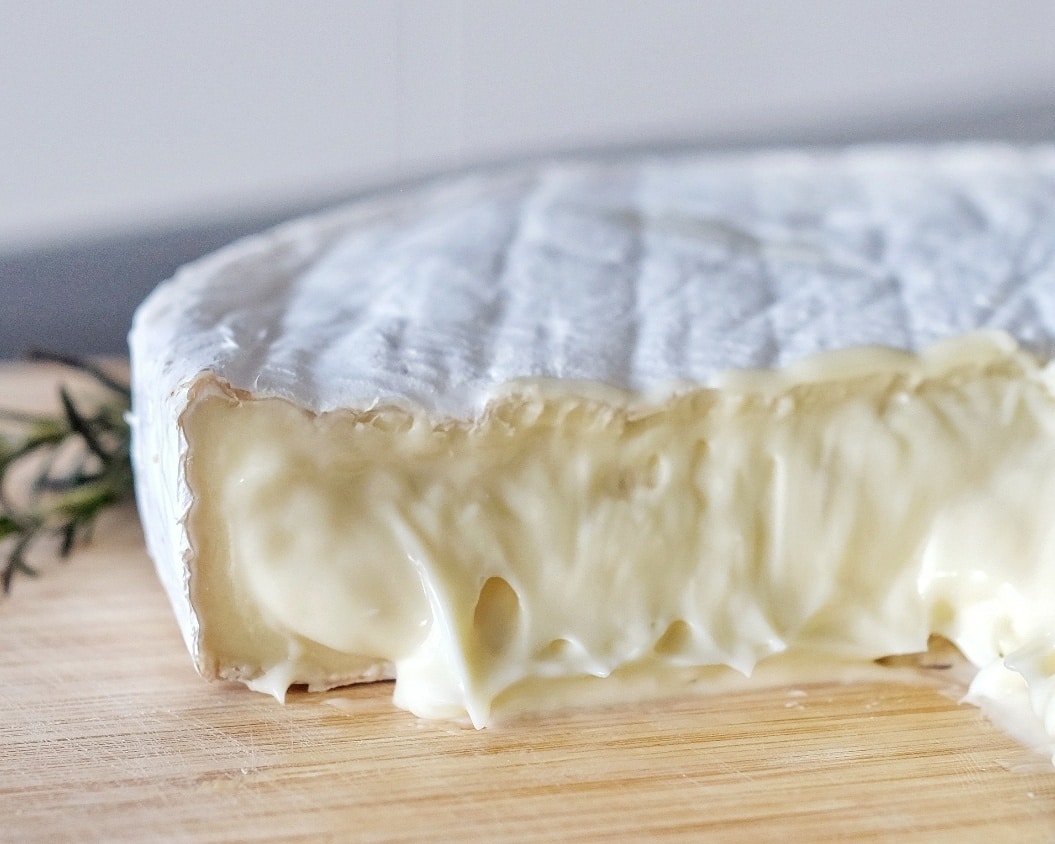
humidity range for soft cheeses:
the humidity is declared as 45 to 70 percent.
Types of soft cheese:
- Berry
- Chaource
- Comember
- Chèvre
Semi-Soft Cheese Types: Characterized by a smooth, creamy interior and minimal rind, the semi-soft category includes cheeses like Havarti, Muenster, and Butterkäse. Mild examples are enjoyed on sandwiches or melted in dishes, while pungent varieties like blue cheeses and Limburger offer a semi-soft texture. Semi-soft cheeses are ideal for slicing, snacking, and melting, making them popular choices for sandwiches and cheese platters.
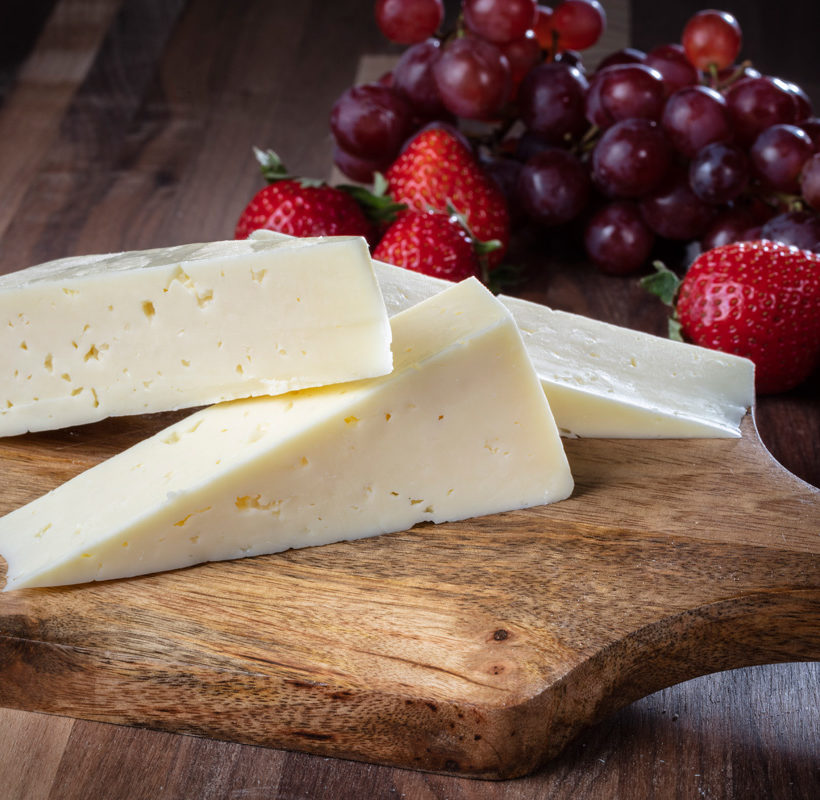
humidity range for Semi-Soft cheeses:
The humidity is between 35 and 45 percent.
Types of semi-soft cheese:
- Muenster
- provolon
- Tallegio
- Havarti
Semi-Hard Cheese Types: Cheddar, Swiss, Gouda, and Edam headline the semi-hard category, known for lower moisture content and extended aging. Some cheeses, like Colby and Monterey Jack, straddle the line between semi-soft and semi-hard. Semi-hard cheeses, renowned for their assertive flavors, slice and shred beautifully, making them versatile in recipes and on cheese platters.
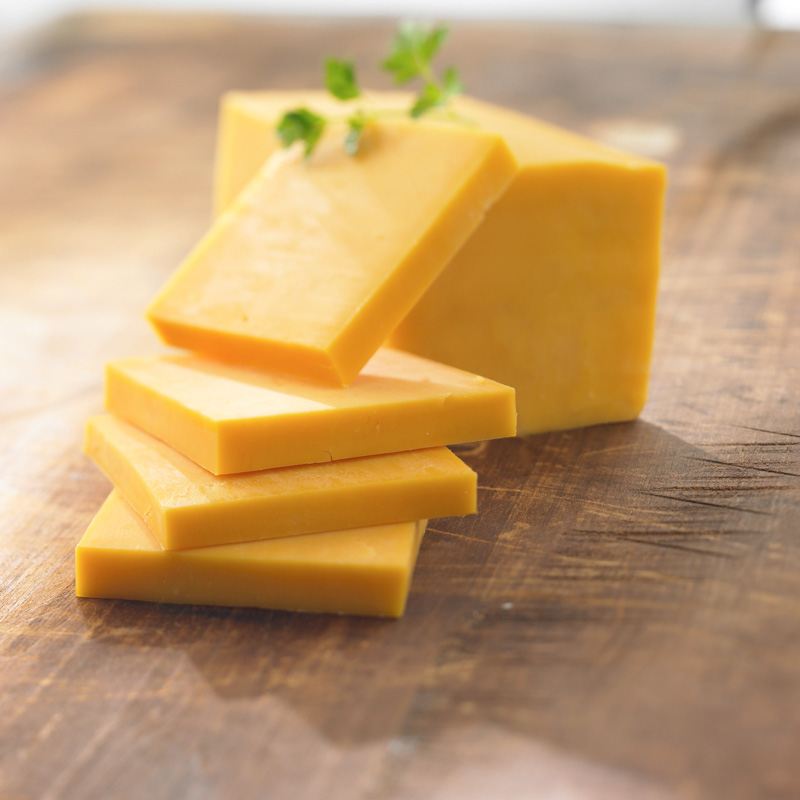
humidity range for Semi-Hard cheeses:
The moisture content of these types of cheeses is between 30 and 35% and they have a firmer texture than the above cheeses.
Types of semi-hard cheese:
- Cascaval
- Edam
- Gouda
- Cheddar
Hard Cheese Types: Parmesan, Romano, and Asiago epitomize the hard cheese category, tightly packed into wheels and aged for months or years. Parmesan, especially Parmigiano-Reggiano from Italy, is widely celebrated. Hard cheeses, often grated for sprinkling over pasta and pizza, include variations like pecorino Romano and aged Asiago. While some hard cheeses are enjoyed sliced on a cheese plate, the finest Parmesans and Romanos are finely grated.
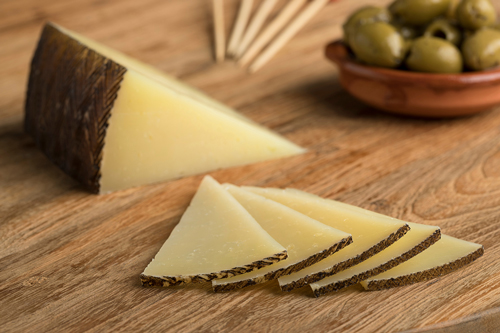 humidity range for Hard cheeses:
humidity range for Hard cheeses:
They usually have less than 30% moisture and their texture is so hard that they can be grated and crushed for cooking purposes.
Types of hard cheese:
- Asiago
- Peccorino
- Parmesan
- Manchego
- Grana Padano
Read More: Persian Feta vs Greek Feta Cheese
To contact the Kalber Dairy Export Department, please refer to the Contact Us section.
Ref:
[1] Types of Cheese: Extensive List of Different Cheeses (With Pictures) (leafyplace.com)
[2] Types of Cheese Textures (wisconsincheeseman.com)
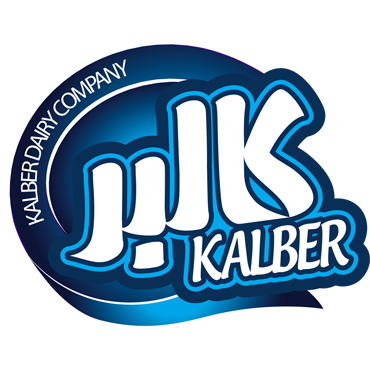



.jpg)